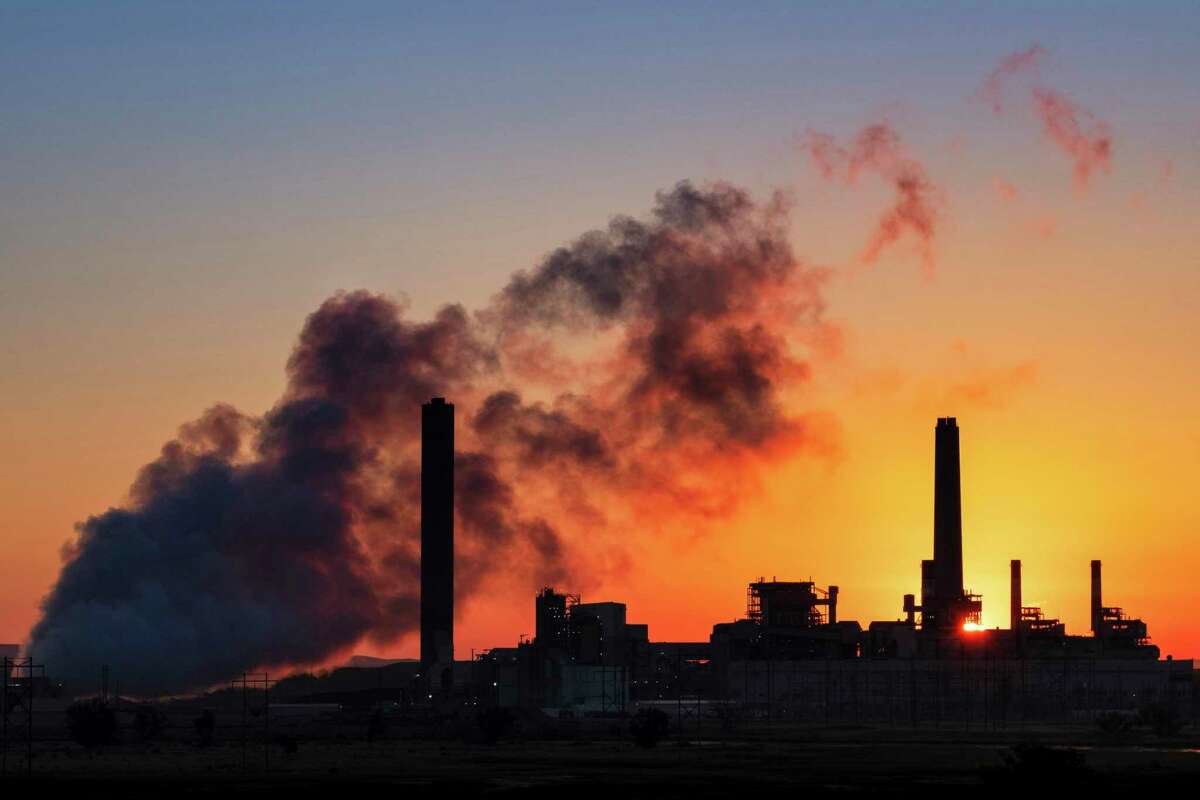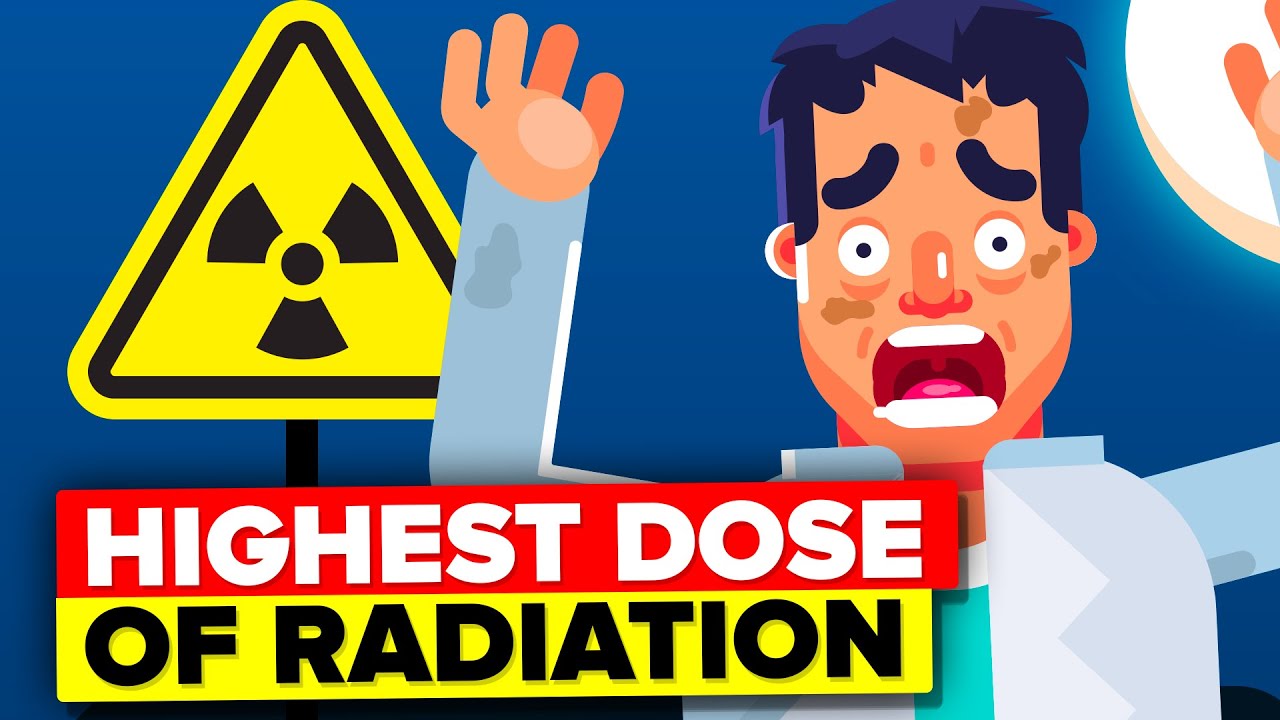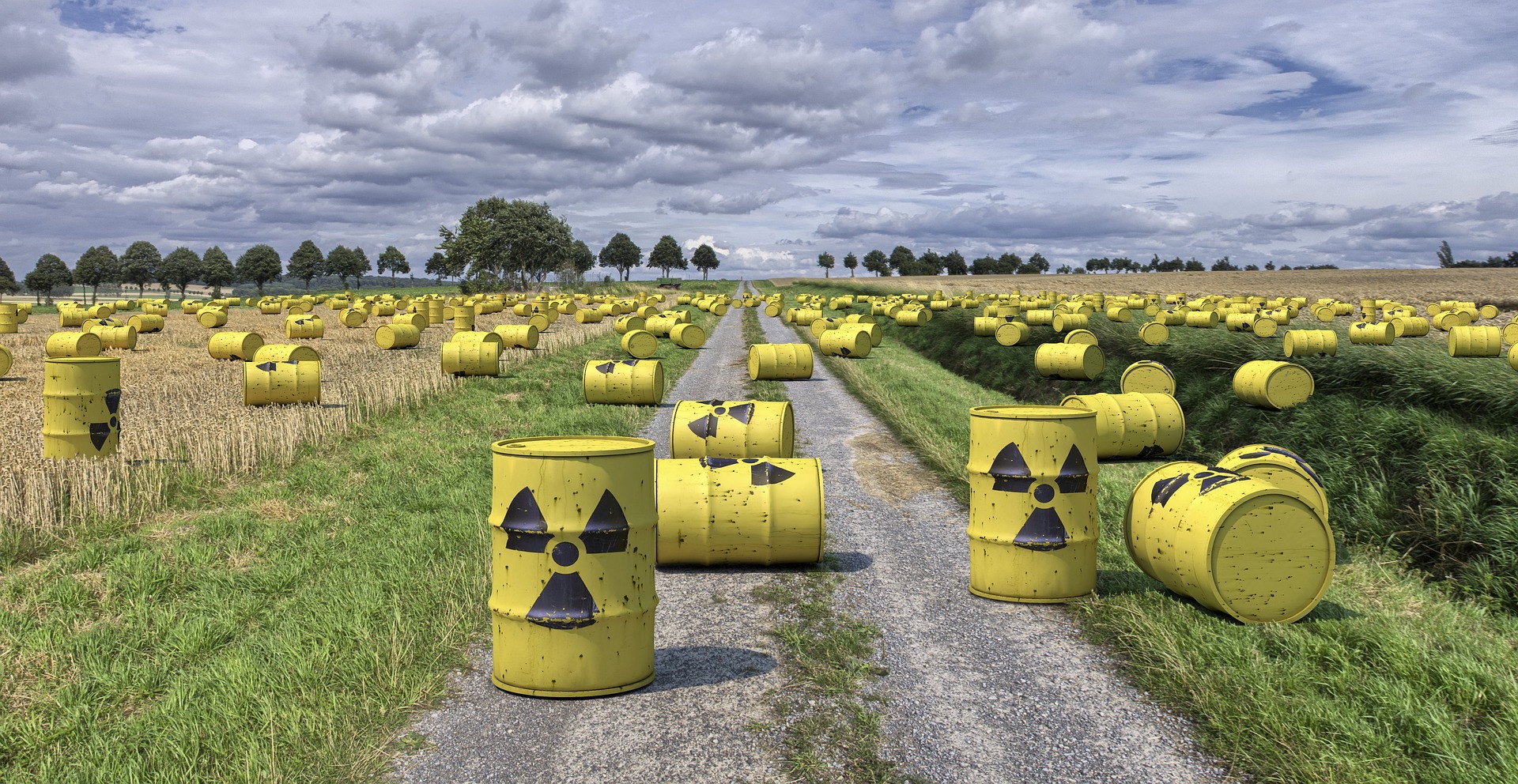The World's Most Radioactive Man Who Survived For 83 Days
A technician at a Japanese power plant had a rare chemical reaction that caused his skin to melt and put him in excruciating pain more than twenty years ago. He is Hisashi Ouchi, the world's most radioactive man who survived 83 days.
Author:Maxwell CanvasReviewer:Black Crystal Feb 02, 202390 Shares1.5K Views

A technician at a Japanese power plant had a rare chemical reaction that caused his skin to melt and put him in excruciating pain more than twenty years ago. He is Hisashi Ouchi, the world's most radioactive man who survived 83 days.
According to the investigation, Ouchi was at the Tokaimura Nuclear Power Plant on the morning of September 30, 1999, helping a coworker put liters of uranium into a big metal vat to make fuel rods for a research reactor.
Unfortunately, the liquid reached its "critical point," releasing harmful neutron radiation and gamma rays into the air due to a miscalculation. It was eventually determined that 16 kilograms of uranium had been moved, despite the fact that the permitted limit was only 2.4 kilograms. None of the men involved had received training for such a sensitive operation.
Radiation is a type of energy that comes in various forms, such as visible light, radio waves, and X-rays. It is all around us in the environment and has a variety of effects on our health. Ionizing radiation is the most dangerous type of radiation since it can destroy our bodies' cells and potentially lead to health concerns such as cancer.
In this situation, the radiation to which the workers are exposed is ionizing radiation, which is extremely dangerous to them. Because the workers were physically transferring the solution, they had no way of knowing how much had been applied.
Because of this mistake, Ouchi, who was 35 at the time, was most exposed to the radiation. He got burns, got dizzy, and threw up violently. This was the start of a nightmare that lasted for 83 days, which is almost 3 months of excruciating pain.
It was confirmed that Ouchi had been exposed to 17 sieverts (sv) of radiation, the highest quantity ever recorded for a living human and more than double the threshold expected to kill a person. The radiation exposure for the Chernobyl rescue workers was only 0.25 SV.
A sievert is a unit of radiation exposure dose received by a person and is used in relation to what is exposed to radiation, namely the human body. Technically, the greater the value given in sieverts, the greater the impact of radiation on the human body.
Security was tightened around the plant after the incident, and Ouchi was rushed to the University of Tokyo Hospital. Ouchi was discovered to be deficient in white blood cells and required extensive skin grafts as well as several blood transfusions. As a result of the exposure, he was also said to be crying blood and bleeding from his eyes.
Despite doctors' best efforts, Ouchi is said to have asked them to stop after a week.He reportedly yelled that he couldn't bear it any longer and later stated that he wanted to go home and asked that medical personnel halt all efforts to save him.
On the 59th day of his hospital stay, almost two months after the tragedy, Ouchi's heart gave out three times. However, when his loved ones insisted, physicians were able to get it going again. As we expected, this man died in the end.
What Made Ouchi The Most Radioactive Man Ever Lived?
Hisashi Ouchi and his coworkers were evacuated from the plant and transferred to Chiba, Japan's National Institute of Radiological Sciences. They had all been in the radiation's path, but the intensity of their exposure varied depending on how close they were to the fuel. Radiation doses above seven sieverts are lethal.
In this case, supervisor Yutaka Yokokawa was the only one to live after being exposed to all three. Masato Shinohara received 10 sieverts, whereas Hisashi Ouchi, who was standing right over the steel bucket, received 17 sieverts.
When compared to other individuals, Ouchi was exposed to the highest levels of radiation. He was in so much discomfort right away that he could hardly take a breath. He had already passed out and thrown up severely before he got to the hospital. Hisashi Ouchi had blood oozing from his eyes, and radiation burns covered his entire body.
Why Nuclear Energy Is So Powerful And So Feared?

Man Receives Highest Dose of Nuclear Radiation - This Is What Happened To Him
People Also Ask
Who Was The Radioactive Man Kept Alive For 83 Days?
His name is Hisashi. Ouchi, 35, passed away 12 weeks after the tragedy. According to his parents' and wife's testaments, he had lost most of his skin and had been kept alive for 83 days. When the accident occurred, Ouchi was the one closest to the tank. He became the first victim of this nuclear disaster.
Why Was Hisashi Ouchi Kept Alive?
It was his family's plea to keep him alive. The physicians wanted to tell his family that there was no chance for him, but his family wanted him to live, so the doctors did their best. In October, the lead physician who handled the victims told the media that Ouchi's radiation dose was deadly.
What Injuries Did Hisashi Ouchi Have?
Hisashi Ouchi, age 35, was transferred to and treated for 83 days at the University of Tokyo Hospital. Ouchi was burned badly by radiation over most of his body. His organs were also badly damaged, and his white blood cell count was close to zero.
Final Words
Due to overwhelming exposure to ionizing radiation in the power plant, Hisashi Ouchi, the world's most radioactive man who survived for 83 days, lost the majority of his skin and began shedding blood before his suffering subsided. The 35-year-old technician at a nuclear power plant had nearly no white blood cells and hence no immunity. Soon, his skin would start to melt and he would start to cry blood.
The nuclear catastrophe began at the Tokaimura, Japan, nuclear power facility before noon on September 30, 1999. The Japan Nuclear Fuel Conversion Co. (JCO) told Ouchi and two other workers to mix a new batch of fuel, even though there were very few safety rules and a lot of dangerous short-cuts. This was done to meet a deadline.
However, the three guys lacked training in the procedure and so mixed their components by hand. Then, they mistakenly dumped seven times the quantity of uranium into an inappropriate tank. Ouchi stood directly above the vessel as Gamma rays filled the room. Ouchi died at the conclusion of the tragedy.
Meanwhile, Yutaka Yokokawa, the technician's supervisor, had treatment as well but was discharged after three months due to mild radiation sickness. In October 2000, he was charged with negligence. JCO, a nuclear fuel firm, later paid $121 million to resolve 6,875 claims for compensation from individuals and organizations that had been harmed by the accident's radiation or exposed to it.

Maxwell Canvas
Author
Maxwell Canvas, a charismatic and fearless crypto evangelist, defies conventions and blazes a trail in the realm of digital currencies. With his unique physique serving as a symbol of resilience, he challenges societal norms and proves that true expertise transcends appearances. Against a backdrop of a blurred and ever-shifting market, Maxwell's work becomes a masterpiece, painting a vivid picture of knowledge and inspiration.
With unwavering passion, Maxwell empowers others to embrace the transformative potential of blockchain technology. His captivating presence and unyielding dedication captivate audiences, turning skepticism into curiosity and igniting a spark of interest in the world of cryptocurrencies. Maxwell Canvas stands as a visionary force, leaving an indelible mark on the crypto landscape, inspiring others to explore decentralized possibilities and embrace a future of innovation and financial empowerment.

Black Crystal
Reviewer
Black Crystal is a captivating writer who finds inspiration in the quiet corners of the street and the mysterious depths beneath bridges. With a penchant for the night, she crafts enchanting tales that explore the uncharted realms of the human experience. Embracing the darkness as her muse, Black Crystal's evocative prose and haunting imagery transport readers into a world where secrets whisper and dreams take shape.
Her writing defies categorization, inviting readers to uncover the magic hidden within the shadows and embrace the enigmatic beauty of her nocturnal narratives. Step into her realm, where the written word dances with ethereal grace, and immerse yourself in the captivating stories she weaves.
Latest Articles
Popular Articles
